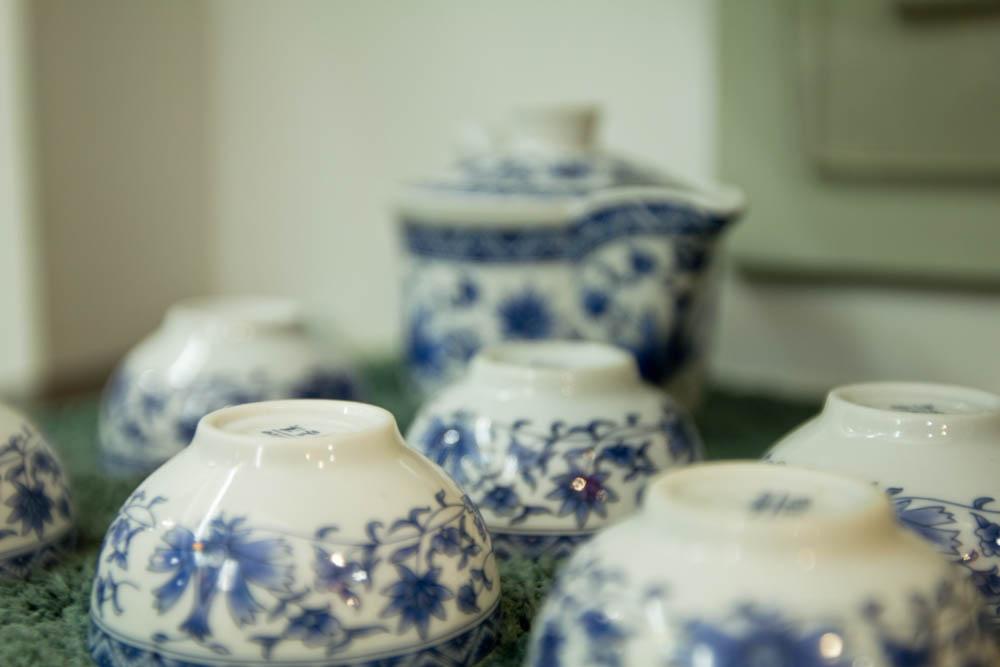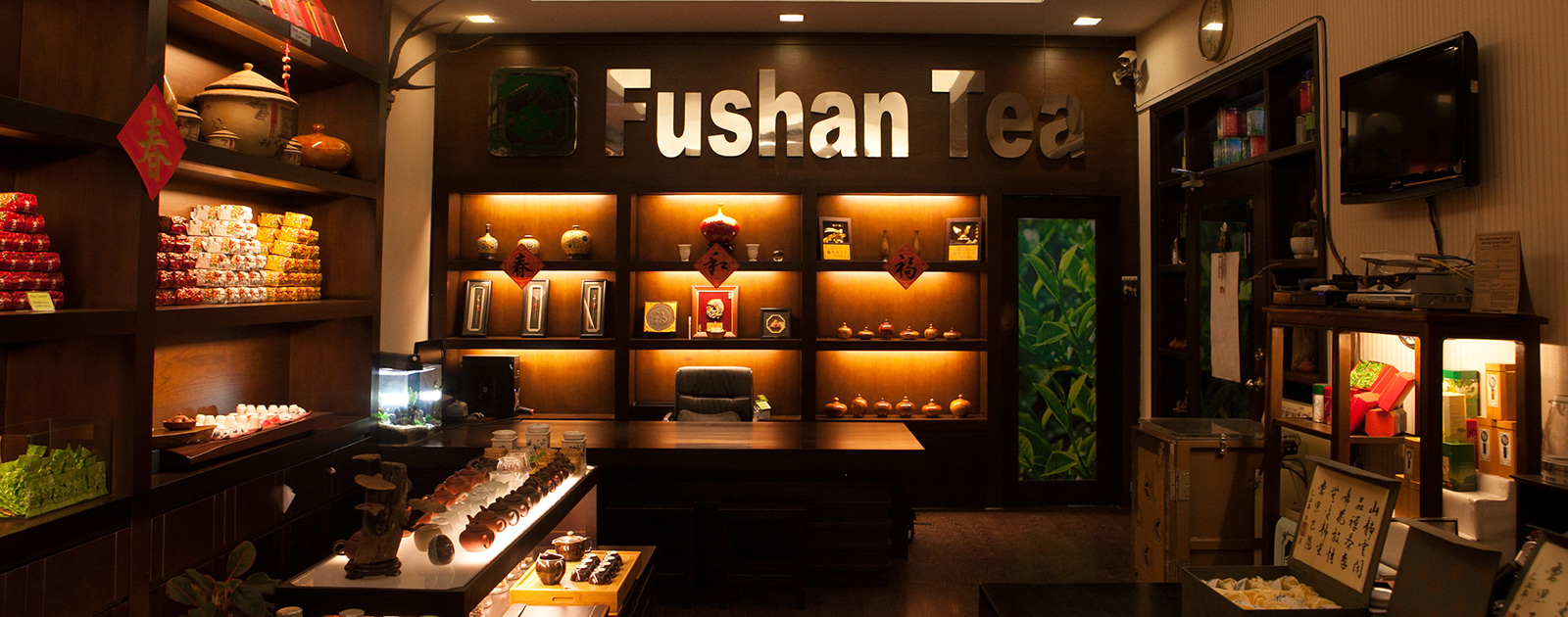
Brewing oolong tea
The Tea
With Oolong tea, you get what you pay for. High quality leaves are more expensive, but worth the extra price. You will be able to brew them more times than the cheaper Oolongs. Their flavors and aromas will be far superior as well.
Water
Often overlooked, yet water is playing a crucial role in bringing out the complex flavors and aromas of your Oolong tea. It is recommended that you do not use tap or mineral water when brewing Oolong tea as the minerals and additives will alter the taste of the tea. The best water for brewing Chinese Tea is spring or filtered water. In the China’s ancient past, people would travel for days to get water from a particular spring or well and many teas had water sources that were well known as being the best for a particular type of tea. If you are using an electric teapot to heat your water it is important that you do not just let it run on automatic. The constant reheating of the water will also alter the taste of the tea you are drinking. For Oolong teas it is imperative that the water is around 200 degrees Fahrenheit because, unlike Green tea, Oolong tea is much thicker and requires a higher water temperature to allow the leaves to unfurl and release their flavor.
Tea ware
There are many different utensils used to brew Oolong tea and which one you use is totally up to you. Originally Oolong tea was brewed in Teapots, but recently many people have chosen to brew their tea in small Gaiwans. Over the centuries, the process has been refined and today’s tea ceremonies and brewing techniques have become quite elegant.
Gaiwan: In the Qing Dynasty, the Gaiwan was invented for brewing and drinking Green Tea, but recently it has become a popular choice for brewing Oolong tea. The Gaiwans used for Oolong are smaller than the traditional ones. A Gaiwan is a large lidded cup which sits on a saucer. The leaves are put directly into the cup and hot water is added. The brewed tea can be poured into other cups, or a small pitcher, or be drank straight from the Gaiwan. Using a Gaiwan can be quite elegant and the lid keeps the water hot.
Teapot: Many people prefer to use a teapot for brewing Oolong tea. This way is very traditional and normally a Zisha Teapot from Yixing, or a porcelain teapot is used. This way of brewing tea is ideal because you can simply pour the tea out to stop the brewing process. Zisha is preferred by many because as it is used, it will absorb some of the tea oil and after years of use, the pot will actually add to the wonderful taste of the tea. Normally the teapots used for brewing Oolong tea are smaller than English teapots. A round shaped teapot is preferred because it will allow the tea leaves to open better and allow the water to swirl in the pot. Some modern teapots have filters in them so that you can remove the leaves to stop the brewing process, instead of pouring the tea out.
Brewing the tea
It is recommended that 200 degrees Farenheit water is used to brew Oolong tea. The amount of leaves used, will depend upon the size of your teapot. Generally 1 Tablespoon of tea is used for every 6 to 8 ounces of water. The leaves should be brewed for 1 to 2 minutes. Many people believe that if they brew the tea for an extended period of time that the tea’s taste will be stronger. This is not true, the tea will become bitter and subsequent brewings will also be bitter and the wonderfully complex flavors and aromas of the tea will be ruined.
Oolong tea is often brewed for 1 to 2 minutes, but that may vary depending on your tastes. Feel free to experiment with what taste suit you best.
The Steps for Brewing Oolong tea
- Select the type of vessel in which you wish to brew your tea.
- Rinse the vessel with hot water to remove dust and heat it.
- Pour the water over the tea leaves. It is best to pour the hot water in from a higher elevation than the cup so that the leaves can swirl in the water, which ensures that the leaves are equally brewed.
- Wait for the leaves to brew for 1 to 2 minutes. Adjust to meet your own tastes. If you are using a teapot, pour the tea out to stop the brewing process. If you are using a glass, or pot with a filter, remove the filter.
- For each subsequent brewing, let the tea brew a little longer each time.
- Enjoy the tea.

